The CNC lathe is currently one of the most widely used CNC machine tools. It is mainly used for machining symmetrical rotary parts such as shaft parts, inner and outer cylindrical surfaces of disc parts, inner and outer conical surfaces of arbitrary taper angles, complex rotating inner and outer surfaces, and cylindrical and conical threads. Even the most common car profiles have different processes. In the SINUMERIK control system, all these process options are covered in "transverse turning", "longitudinal turning (also called "reciprocating turning") and "groove cutting". Among the classes, let's work together to understand. 1. Lateral turning Lateral turning features: When turning in the transverse direction, the turning tool's direction of movement is parallel to the workpiece's axis of revolution. If it is the main spindle, the tool moves from right to left; if the machine is equipped with the counter spindle, the tool moves from left to right. Lateral turning can be used to machine outer and inner holes. However, when machining the inner hole, first drill a bottom hole. In addition to processing the outer circle, face machining can also be performed. 2. Longitudinal turning, slot cutting and cutting Side and face longitudinal turning features (also called "reciprocating cutting"): When longitudinal turning is performed on the side of the workpiece, the feeding direction of the longitudinal turning tool is perpendicular to the axis of rotation of the workpiece. In longitudinal turning of the workpiece face, the feed direction of the longitudinal turning tool is parallel to the axis of the workpiece. The longitudinal turning tool has three cutting edges so that the radial and axial material removal process is not interrupted as much as possible. (because minimizing fast moving trips) The shape of the blade and the shape of the body of the cutting knife and the slitting knife are different. Side and face groove cutting features: Only cut in the infeed direction when grooving. The machining process of side slot cutting is perpendicular to the axis of rotation. The machining process of face groove cutting is parallel to the axis of rotation. The grooving tool can only withstand the force applied perpendicularly to the tool axis. The slot cutting process is mainly used to machine grooves. Normally (but not absolutely) the groove to be machined is equal to the grooving tool. Cutting processing features: At the end of the process, the workpiece will be cut by a cutting knife. The cut-off cycle contains an "auxiliary cut-in" and an actual cut-off process. Auxiliary cutting ensures better chip discharge. Cutting requires that the tool feed exceeds the rotary center of the workpiece. It is usually necessary to reduce the spindle speed before cutting so that the parts to be cut during rotation can be better controlled. 3. Cases of turning with SINUMERIK Operate As shown in the three pictures below, it is not possible to use only one cutting process to complete the machining of this handle part because the tool will not machine or intervene when it is machined to the position indicated by the orange circle in the figure. Trough cutting process: Longitudinal turning process: Lateral turning (or "reciprocating turning"): Therefore, we need to use a combination of lateral and longitudinal turning to achieve the following simulation results: Note: Groove turning and reciprocating turning are optional features on the 828D PPU240 system. Option number (extended technology function): 6FC5800-0AP58-0YB0 4. Summary Lateral turning: + Achievable greater infeed, ie larger chip cross-sectional area + High feedrate for roughing + Perfect chip discharge effect - Not all contours can be used for lateral turning with limited tools. More tools may need to be changed during machining Longitudinal turning: + Avoidance of empty cutting strokes + Reduced tool change operations + High flexibility in application - Not all contours can be machined due to tool limitations - The chip discharge effect is sometimes not ideal (chips may get stuck) When is the process used? Longitudinal turning is generally used: For example, machining with deep grooves and parts with 90° corners, the machining of these structures can only be performed using this process. Lateral turning is generally used for streamlined contoured structures with circular transitions.
Paper Bag-making Machinery
Applications Paper Bag Machine,Paper Bag Making Machine,Biodegradable Bag Making Machine,Square Bottom Paper Bag Machine Ningbo New Glory International Trading Co.,Ltd , https://www.newglorymachine.com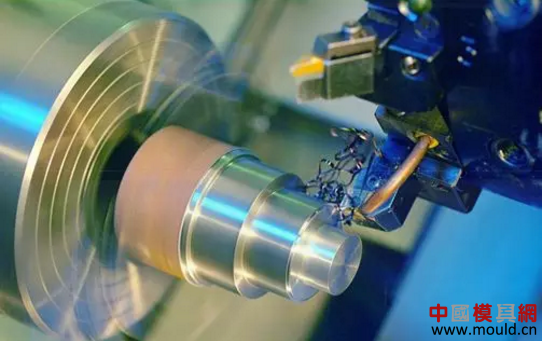
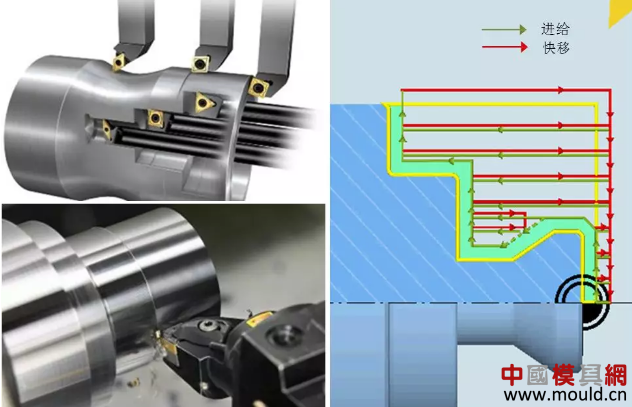
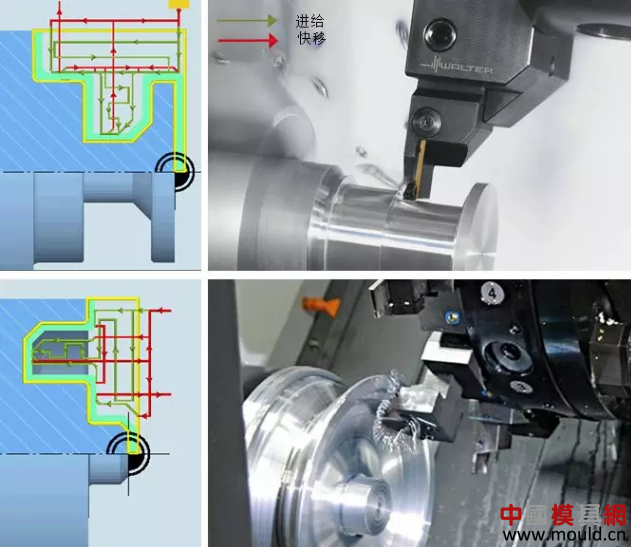
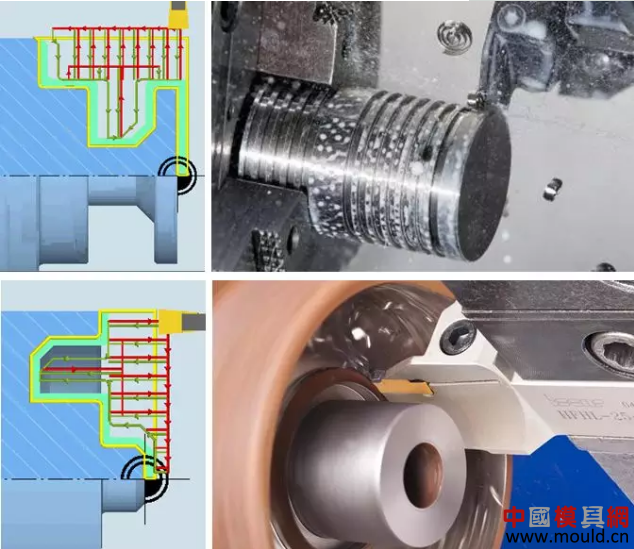
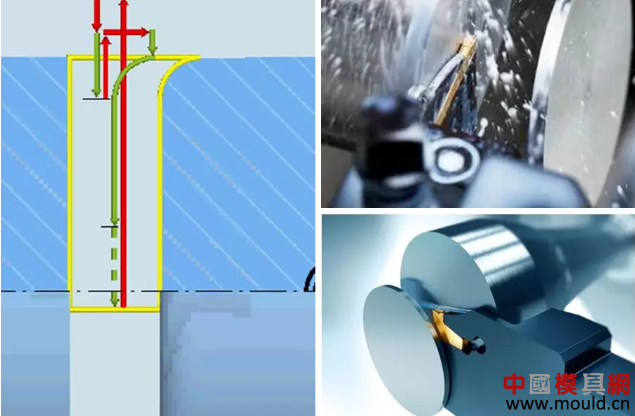
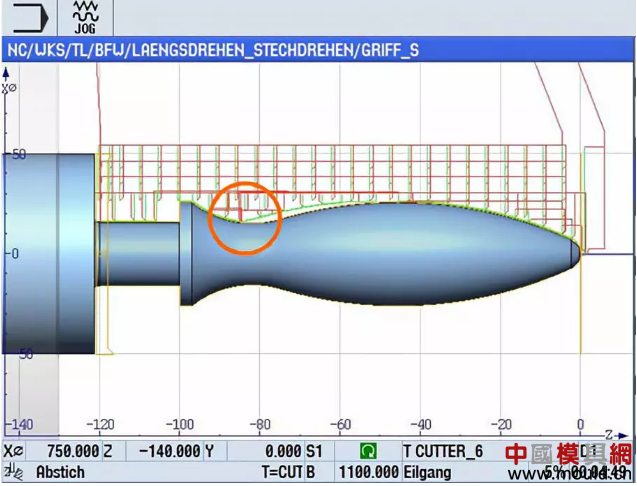
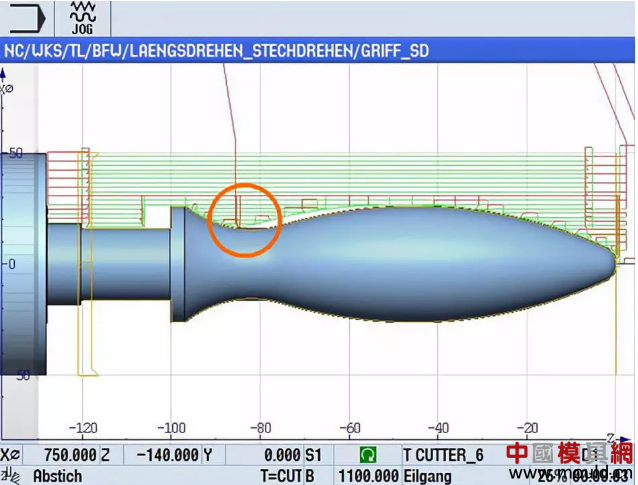
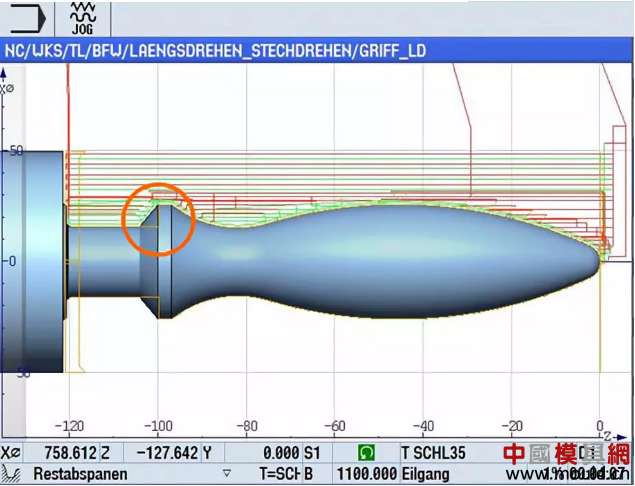
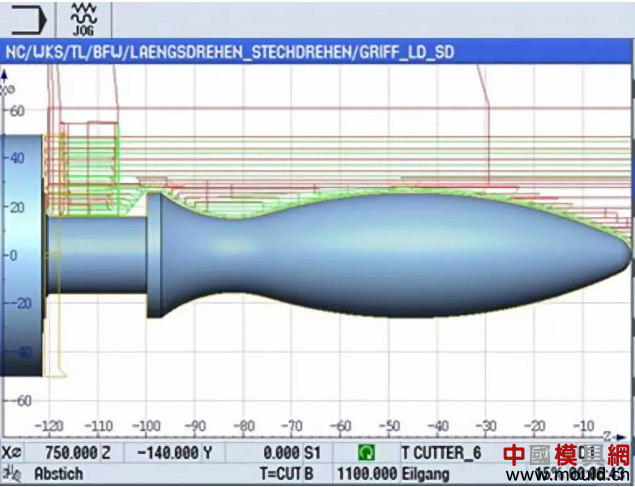
1.Use water-based inks to achieve environmentally friendly printing standards;
2.High production efficiency, more suitable for large-scale long-running activities;
3.Can be used with various types of bag making machines; automated production, reducing labor costs;
4.Save printing paper and ink.